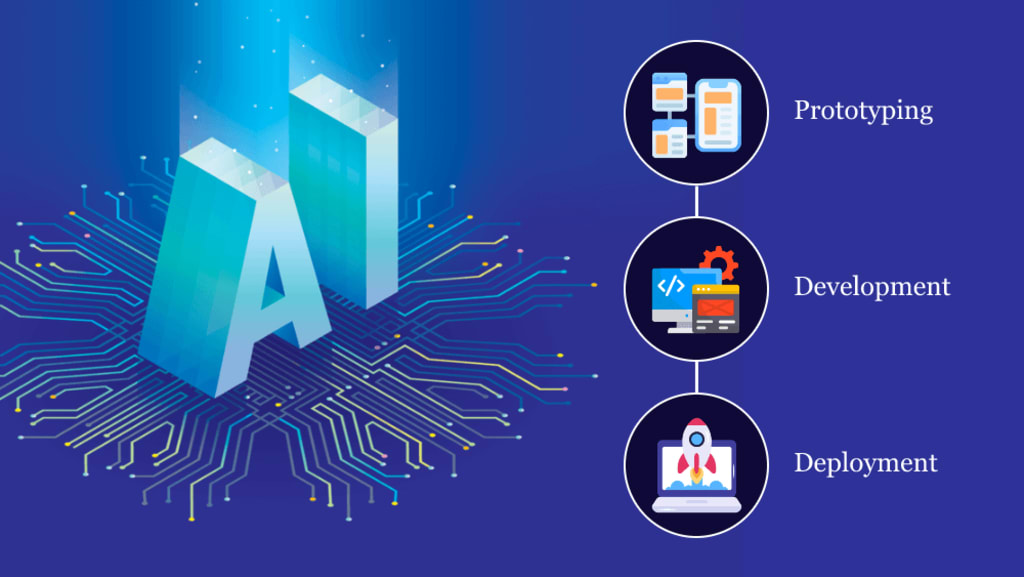Generative AI
What is ChatGPT, DALL-E, and generative AI?enerative AI

The world of Artificial Intelligence (AI) has been advancing at a rapid pace in recent years. One of the most exciting areas of development in AI is generative models, which are capable of generating new content such as images and text. Two of the most famous examples of these models are ChatGPT and DALL-E. In this article, we will explore what these models are, how they work, and what they mean for the future of AI.
What is Generative AI?
Generative AI refers to AI models that are capable of generating new content. This content can take many forms, including images, text, and even music. Generative AI models use machine learning algorithms to analyze large amounts of data and then use that analysis to generate new content. The models learn to generate content that is similar to the data they have been trained on, but also have the ability to create entirely new and unique content.
What is ChatGPT?
ChatGPT is a generative AI model developed by OpenAI. It is a language model that is trained on a massive amount of data and is capable of generating human-like responses to a wide range of prompts. ChatGPT uses a technique called unsupervised learning, which means it was trained on large amounts of text without any explicit labels. The model was trained on data from a wide range of sources, including books, websites, and social media. It is capable of generating text in a wide range of styles and can even generate text in different languages.
What is DALL-E?
DALL-E is another generative AI model developed by OpenAI. It is an image generation model that is capable of creating images from textual prompts. The model was trained on a massive dataset of images and text, which it uses to generate new images. The model is capable of generating images that are highly detailed and can even create surreal and fantastical images that do not exist in the real world.
How do generative AI models work?
Generative AI models work by analyzing large amounts of data and then using that analysis to generate new content. The models are trained using machine learning algorithms that are designed to learn from the data they are given. Once the model has been trained, it can generate new content that is similar to the data it has been trained on. The models use a variety of techniques, including deep learning, to analyze and understand the data they are given.
What does the future hold for generative AI?
Generative AI has the potential to revolutionize many different industries. For example, it could be used to create highly personalized content for marketing campaigns or to generate new ideas for product development. Generative AI could also be used to create highly realistic simulations for training and education purposes. However, there are also concerns about the potential misuse of generative AI, such as the creation of deepfakes or the spread of fake news.
Conclusion:
Generative AI models like ChatGPT and DALL-E are some of the most exciting developments in AI. These models are capable of generating new content that is highly realistic and can even be used to create entirely new ideas and concepts. However, there are also concerns about the potential misuse of these models, and it is important that we consider the ethical implications of generative AI as we continue to develop and refine these models. As generative AI continues to advance, we can expect to see it being used in a wide range of industries, from marketing and advertising to training and education.





Comments
There are no comments for this story
Be the first to respond and start the conversation.